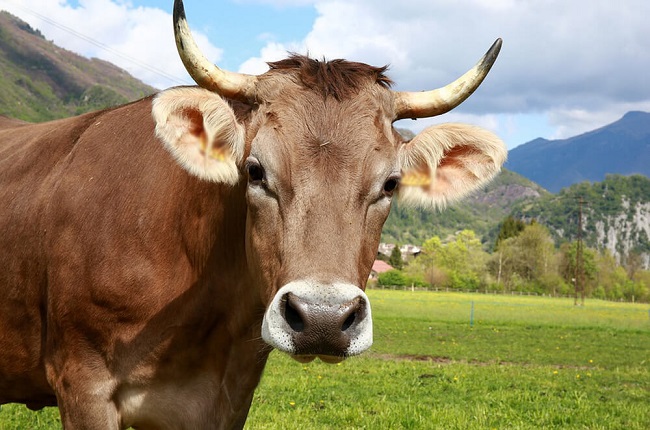Cattle, with their majestic presence and iconic appearance, have long been a part of human civilization. One question that often arises is whether female cows have horns.
In this comprehensive guide, we will explore the intriguing world of bovine anatomy and shed light on the presence or absence of horns in female cattle. Let’s unravel the mystery and discover the factors that determine whether female cows have horns or not.

Understanding Horns in Cattle
Horns are bony structures that grow from the skull and are found in various animal species, including cattle.
They serve different purposes, such as defense, social hierarchy, and heat regulation. It is important to note that not all cattle have horns, and the presence or absence of horns can vary based on several factors.
Horned vs. Polled Cattle
Cattle can be broadly classified into two categories based on their horn status:
1. Horned Cattle
Horned cattle refer to individuals of both sexes that naturally develop horns. These include breeds like Longhorn, Scottish Highland, and Ankole-Watusi. Both male and female horned cattle possess horns, although there may be differences in size and shape.
2. Polled Cattle
Polled cattle are individuals that naturally lack horns due to a genetic mutation. Polled animals can be either male or female. Through selective breeding, specific breeds have been developed, such as the Polled Hereford and the Angus, where polled characteristics are prevalent.
Factors Influencing Horn Development in Female Cows
The presence or absence of horns in female cows can be influenced by multiple factors:
1. Genetics
Horn development in cattle is primarily determined by genetic factors. Certain breeds are naturally horned, while others have been selectively bred for polled characteristics.
Breeding two horned cattle will usually result in horned offspring, whereas breeding two polled cattle will produce polled offspring.
However, the genetics of horned and polled traits can be complex and depend on various genetic markers.
2. Selective Breeding
Selective breeding has played a significant role in shaping the horn status of cattle. By intentionally breeding cattle with or without horns, breeders can manipulate horn traits over generations. This process has resulted in the establishment of specific horned and polled breeds.
3. Hormonal Influence
Hormonal factors can also play a role in horn development. Testosterone, a male hormone, is associated with horn growth and development. While female cows have lower levels of testosterone, some females may exhibit small, rudimentary horns or “scurs.”
4. Age and Individual Variation
Horn development can vary among individual cows and may be influenced by age. In some breeds, females may start developing horns as they mature, although these are often smaller and less prominent compared to males.
Dehorning Practices
In some instances, cattle may undergo a process called dehorning, which involves the removal of horns. Dehorning is typically performed for safety reasons and to prevent injuries to other animals or humans.
It is important to note that dehorning should be carried out by trained professionals using proper techniques and pain management protocols to ensure the welfare of the animals.
Conclusion
In conclusion, whether female cows have horns or not depends on various factors, including genetics, selective breeding, hormonal influences, age, and individual variation. Some breeds exhibit horned characteristics in both males and females, while others have been selectively bred for polled traits.
Understanding the factors that influence horn development in female cows provides valuable insights into the fascinating world of bovine anatomy. Whether horned or polled, female cows continue to be an integral part of our agricultural and cultural heritage.
























